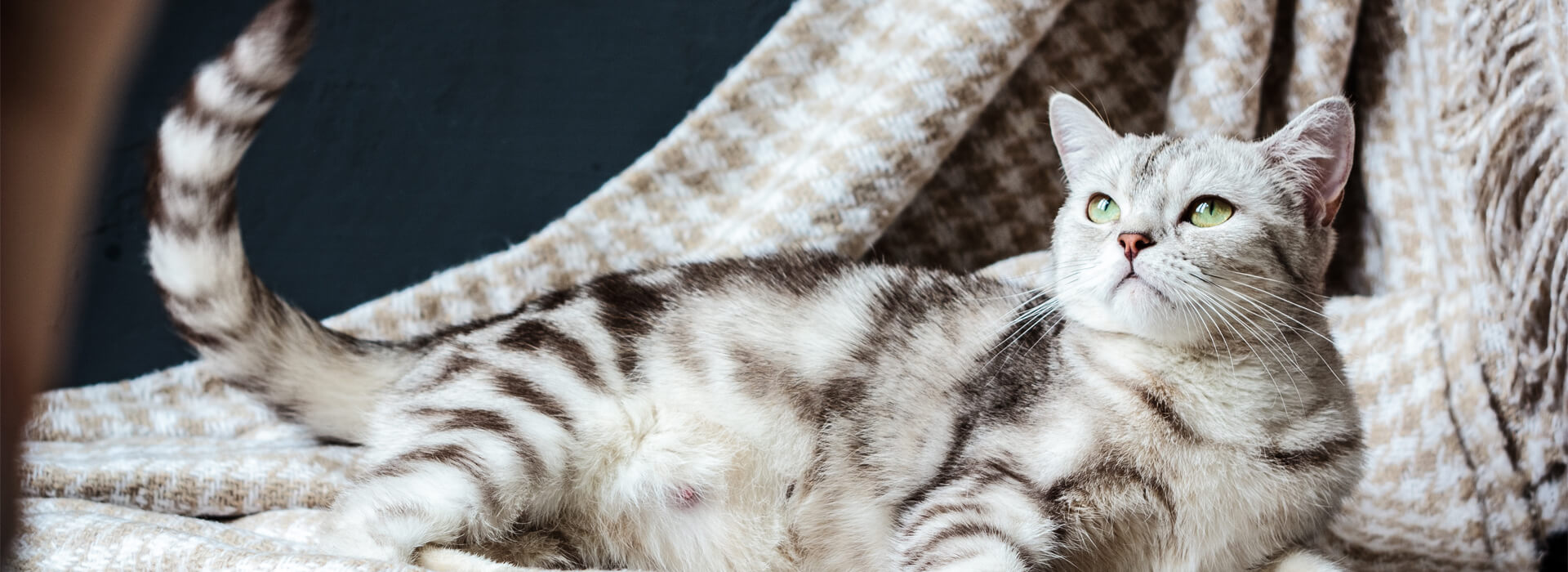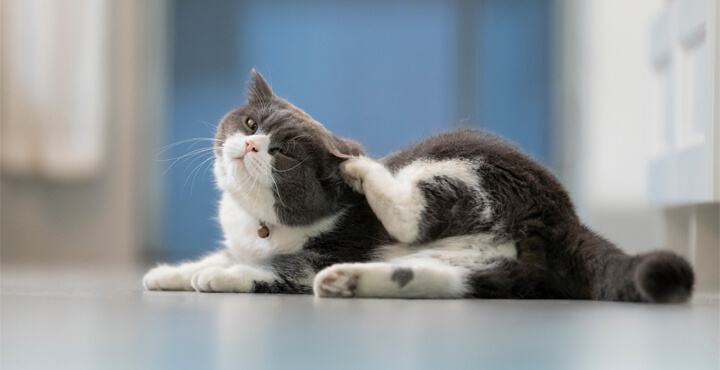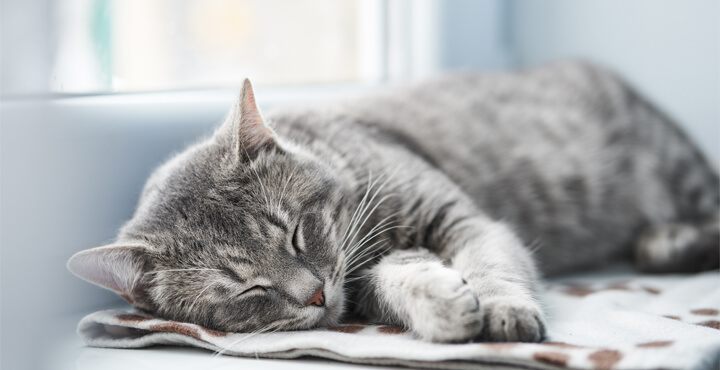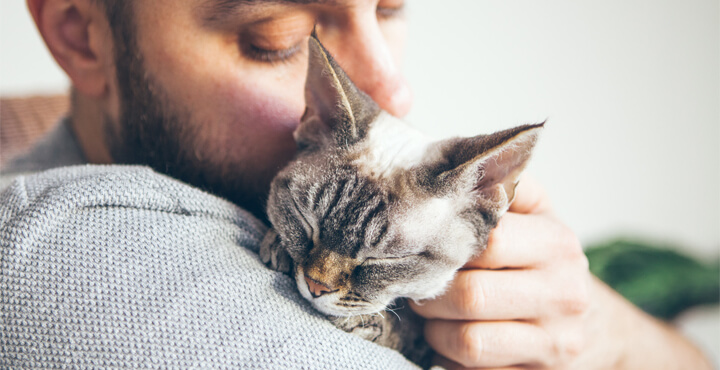
Just like humans, cats tend to slow down a bit as they get older. Some eat less, while others want to spend more time indoors sleeping where once they would have been out exploring for hours at a time.
Changes like this are a natural part of ageing, but does the way you care for your cat need to change? WHISKAS looks into senior cat care…
What happens when cats age?
Cats age at a faster rate than humans, so by the time they are seven years old they are around middle age, depending on their breed.
Signs of an ageing cat can include:
• Sleeping more
• Reduced mobility and stiffer joints
• White hairs in coat
• Grooming themselves less often
• Deterioration in eyesight or hearing
• Changes in eating habits
• Behavioural changes
• Memory deterioration
If you notice any other signs, including weight loss, trouble passing urine or faeces, disorientation, vocalisation or lumps, then you should always contact a vet.
Caring for an older cat at home
Cats spend a significant part of their life as seniors, so it’s important to ensure they are as happy as possible and recognise any special requirements they may have.
Firstly, supply your feline friend with a cosy bed to help them stay comfortable in their surroundings. As cats get older, their joints become stiffer and may cause them pain, so a soft, comfy bed is essential for their wellbeing. Keep the bed somewhere warm, away from noise so your cat can nap to their heart’s content.
If your cat shuns cat beds for sofas or human beds, take care to ensure they can still access their favourite spots. For example, you could create ‘steps’ using stools or boxes to help older cats reach chairs or beds more easily.
It may also be wise to start keeping a litter tray inside the house to reduce the chances of accidents. Older cats who are not able to venture outside can easily use an indoor litter tray – just make sure it is easily accessible to them.
Feeding a senior cat
As cats get older, it is important to understand that their dietary needs will probably change too. As a cat’s metabolism slows
down, they will not need as many calories throughout the day. If you continue to feed your cat the same amount, you may find that they start to put on weight. You should keep an eye on your cat’s weight as they get older and weigh them regularly.
Senior cats should eat special senior cat food – this is easily digestible and tailored to deliver the changing nutritional requirements of older cats. Some cats start to prefer different types of food as they get older. Cats like variety in their diet and often enjoy the different tastes and textures from a mixed diet that includes both wet and dry foods.
Older cats can be more prone to UTIs, so access to fresh drinking water is essential. By placing water near one or more of your cat’s favourite nap spots, they won’t have to go far to find it, reducing the chances of dehydration.
Further senior cat care
Cats still need flea and worm treatments as well as vaccinations in their senior years and will still require regular dental appointments to check their gums and teeth.
You might also need to help your cat with grooming. Older cats may struggle to reach some areas and don’t go outside as much, so they tend to have longer claws. Give your cat a regular brushing to keep their coat neat and trim claws down if they are too long. If you are unsure how to trim a cat’s claws, consult a vet first.
The best way to ensure your senior cat maintains peak health and fitness is to take them for regular health check-ups at the vet.








